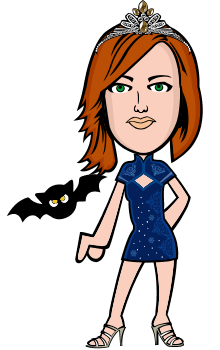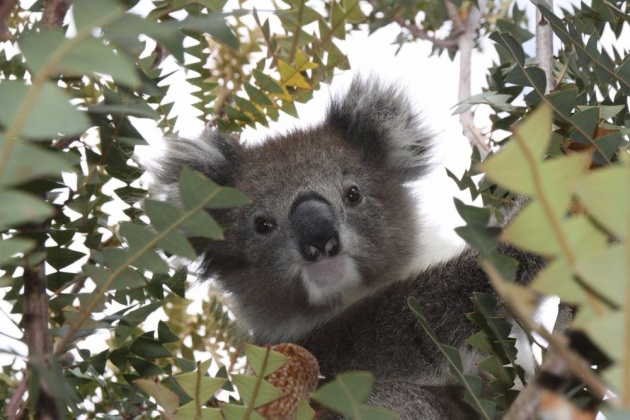
Photo Credit: Eiston via Pixabay.com
Hi, guys!
In this post, I'd like to share about a unique creature from the animal kingdom, which is so fascinating that makes me stop doing everything else but just sit and look at it whenever I come across a photo of it. This is the koala - one of the many Australian native species, which is impressive for so many reasons. In fact, I've been thinking to write a blog about the koalas for a long time now, but what triggered me to do it was a photo of a koala posted here on bitLanders as I was scrolling around.
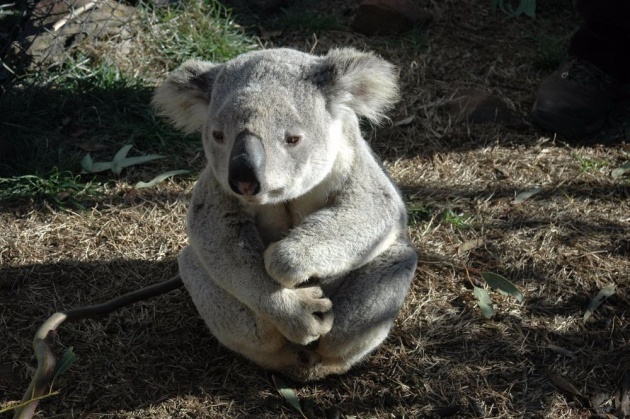 Photo Credit: johnno49 via Pixabay.com
Photo Credit: johnno49 via Pixabay.com
I've never seen a koala in real - the zoos in my country don't have one, but it's one of my dreams to meet such a creature, maybe one day when I decide it's time for me to visit Australia. This country-continent is a home for such exotic and incredible animals, that sometimes I even find it hard to imagine. But for now, I'll just focus on the koalas and their world.
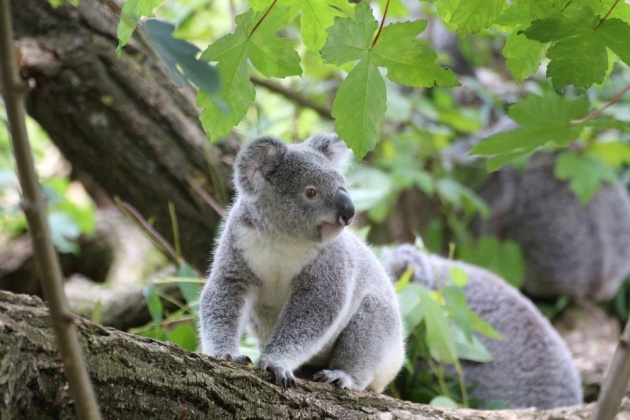 Photo Credit: winampdevil via Pixabay.com
Photo Credit: winampdevil via Pixabay.com
A funny thing, even though I find koalas so amazing, until recently I truly believed the word koala is written with a C, like that "coala". Well, it appeared I confused myself with the English spelling conventions, and not consider that it is a word with its own meaning. The word koala actually means "no water", probably given to the animals due to the fact that they don't drink a lot of water. But let's see what other things have been discovered so far about these animals.
Video Credit: Funny Pets via YouTube.com
Where do Koalas Live?
As I've already briefly mentioned, koalas live exclusively in Australia, and specifically on the East Coast of the continent inside the eucalyptus forests. Their entire body structure is accustomed to living on trees and feeding on their leaves. Their front paws have two thumbs with sharp nails to help them climb easily on higher trees. Koalas have preferences to live only on eucalyptus trees and that is why they are available only in certain parts of the country. Their meals consist of particular eucalyptus species' leaves.
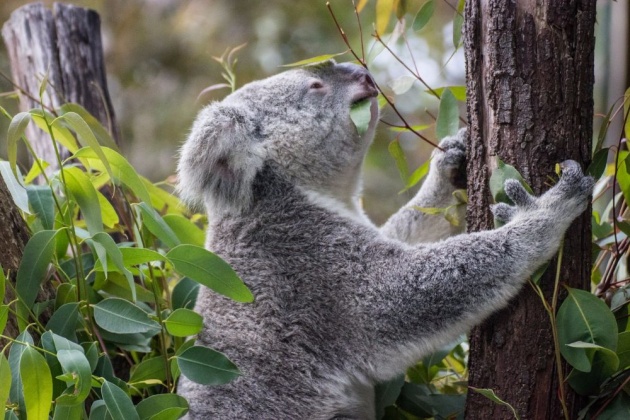 Photo Credit: 4dr14nqg via Pixabay.com
Photo Credit: 4dr14nqg via Pixabay.com
What is a Koala?
The koala (Phascolarctos cinereus, or, inaccurately, koala bear) is an arboreal herbivorous marsupial native to Australia. It is the only extant representative of the family Phascolarctidae and its closest living relatives are the wombats.
Koalas are marsupial mammals, although they are often called koala bears. The only similarity with a bear is their physical appearance - with some imagination one can think of the koalas as small bears. They have small circular eyes, thick fur, big ears and very particularly shaped black nose. Koalas have a very well-developed sense of smell to help them orientate in the forest and find the best food to eat. They look in a really strange way, at least to me, and can't be mistaken for any other animal.
I also want to give a brief explanation about what marsupials are. Marsupials are a group (class) of mammals, which share similar features and are mainly available throughout Australia. They are divided into families of species, and each one usually contains several separate species. Good examples of marsupials are kangaroos, wallabies, some possums, and wombats. The most distinguishing feature these mammals possess is that they carry their young ones in a pouch until they grow enough in age to live independently. The koala is currently the only member of the Phascolarctidae family. That's why it's so important that this animal is protected and taken care of.
Video Credit: Symbio Wildlife Park via YouTube.com
Koalas' fur is gray, long and thick, and on their chest, they have a scent organ which helps them in marking their territory. They usually live in small groups with one male and one or a couple of females. Their mating season starts from September and ends somewhere in February. The young koalas are taken care of by the mother, with the father having no relation or impact in their growing. It takes 6 to 9 months before the koalas grow enough to start feeding on leaves. As their digestive system is not fully developed at that time, they eat their mothers' feces in order to provide their body with the bacteria it needs to properly digest food.
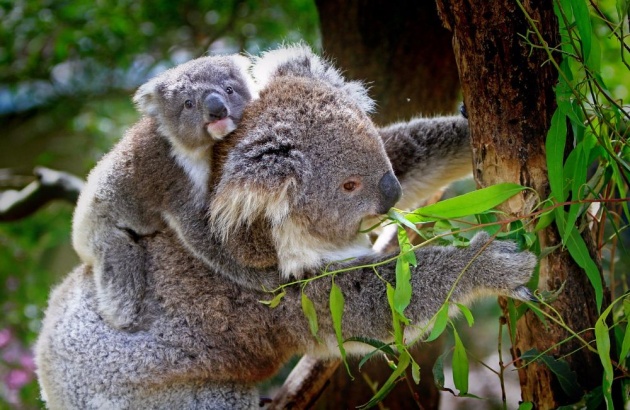 Photo Credit: Holgi via Pixabay.com
Photo Credit: Holgi via Pixabay.com
These animals sleep around 18 - 20 hours and are awake for only 5 - 6 hours. This is almost opposite to human sleeping behavior where some individuals sleep for 6 hours and remain awake for the rest of the day. Koalas are active mainly during the night. Most of the time they are awake they use for eating - one of the reasons for that is that they spend a lot of time chewing their food so that it can be digested after. And the other reason is that the eucalyptus leaves contain toxic supplements which can't be consumed in large doses. That's why koalas are very picky on which leaves and which species they feed on - this has a direct impact on their health. For that 'sleeping - eating' behavior, they turned into a symbol of laziness.
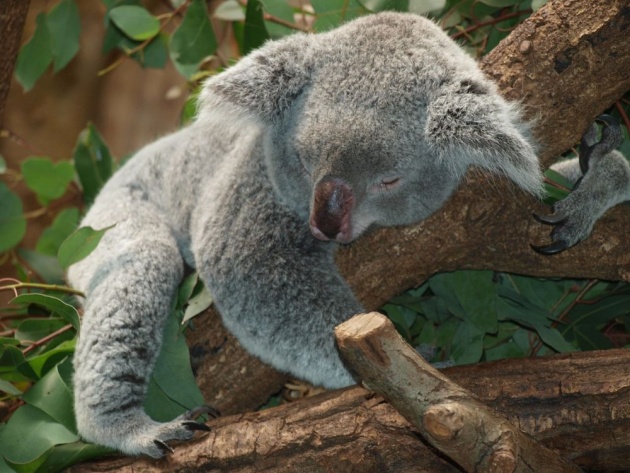 Photo Credit: PixelAnarchy via Pixabay.com
Photo Credit: PixelAnarchy via Pixabay.com
Koalas have a body length of around 70 cm and an average weight of 12 kg, however, this could vary depending on the surrounding environment. They live for around 12 years and during their lifespan they mostly live on the trees. Sometimes they like changing the trees in order to find better food. A little-known fact about the koalas is that they can actually swim and walk for long distances if they have to. Fossils of these creatures were found by the scientists and it was revealed that they were 20 million years old. So the koalas might have existed even before human beings.
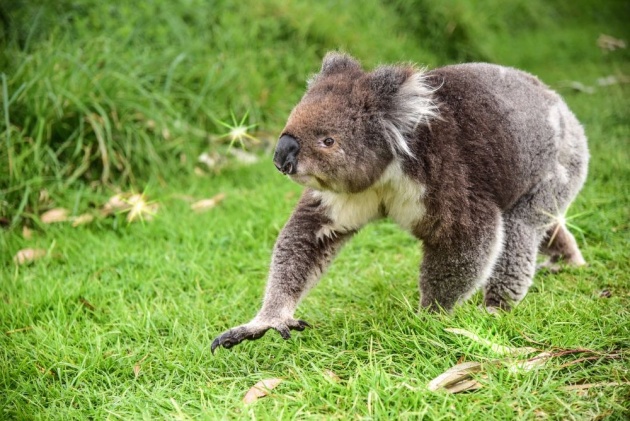 Photo Credit: attapontom via Pixabay.com
Photo Credit: attapontom via Pixabay.com
Koala Population
In the past koalas had a big count - millions of this species were living on the continent. However, that changed, because people started to hunt and kill the animals for their fur, to make souvenirs and other commercial goods. That led to the point where koalas are with such reduced number - less than 50 000 exemplars - that they are now protected by law and endangered of extinction. On top of that in the recent years, the cities and the urbanization are increasing which leads to taking over the natural habitats of these little creatures. In order to survive, now koalas are in the position to adapt to the new world and to live close to humans. Besides the mass killings and the urbanization - traffic, cars, and diseases are also huge factors for the reduction of the koala populations. Every year many animals are killed by vehicles on the roads or die due to diseases.
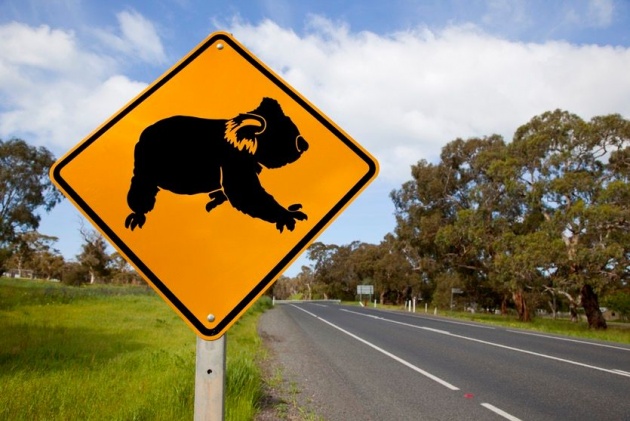 Photo Credit: Cosmosmagazine.com
Photo Credit: Cosmosmagazine.com
The most commonly spread disease among koalas is chlamydia, which is a sexually transmitted disease. If not cured on time, chlamydia can lead to blindness and in the worst-case scenario - could be fatal. It is also a big threat to the koala population as this disease seems to be widespread and is spreading rapidly, especially during the mating season. That makes things even worse and is an additional point to the large list of potentially dangerous factors for the survival of the koalas.
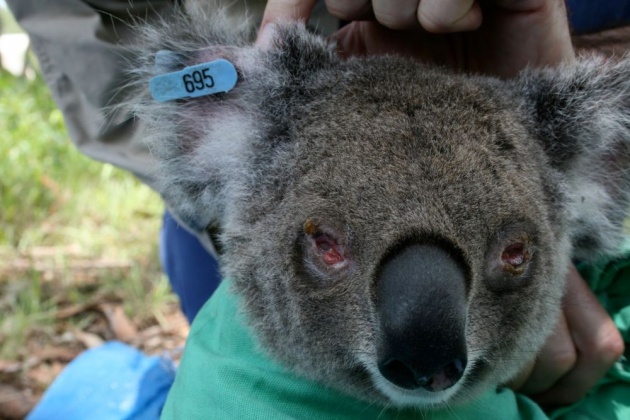 Photo Credit: Time2transcend.wordpress.com
Photo Credit: Time2transcend.wordpress.com
Hopefully, these wonderful animals will remain with us for a long period. They are such amazing animals, that it's a responsibility of humanity to preserve them and protect their habitats. I hope you enjoyed this post!
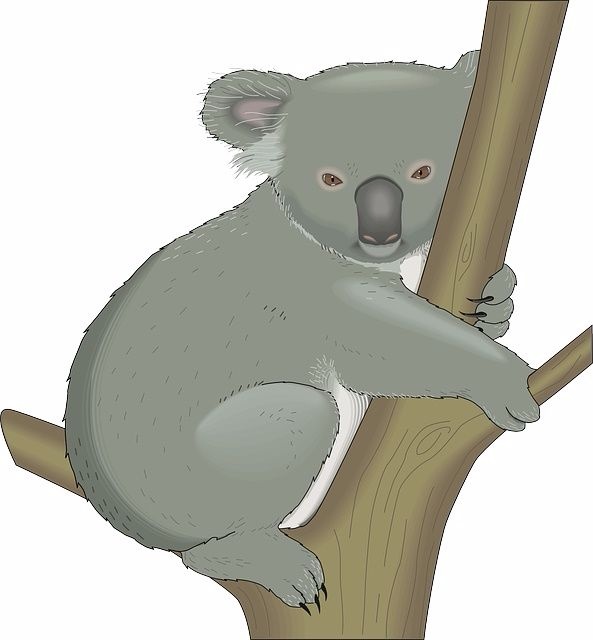
Photo Credit: Clker-Free-Vector-Images via Pixabay.com
Thanks for reading! See you next time!
- NinaB

